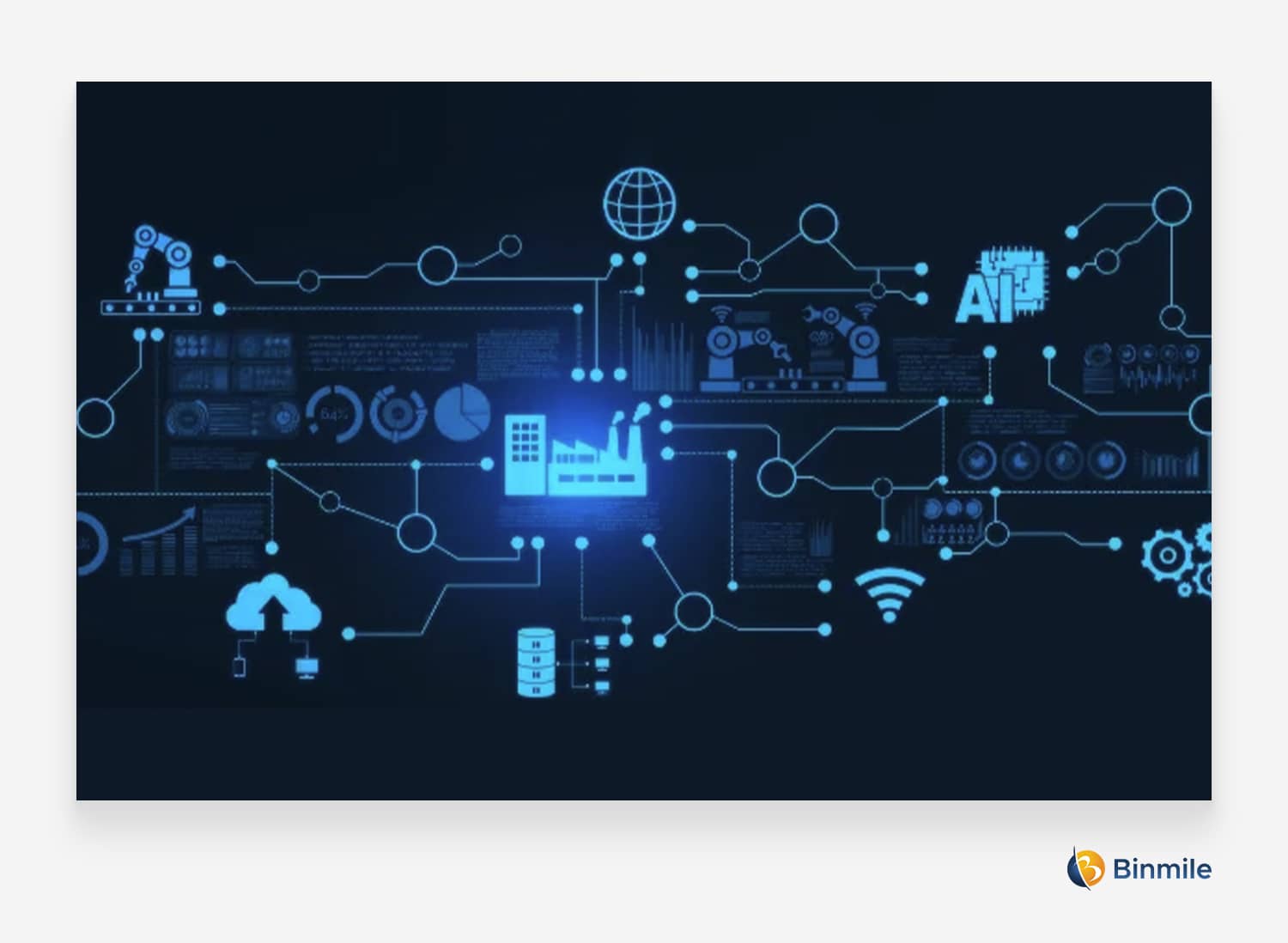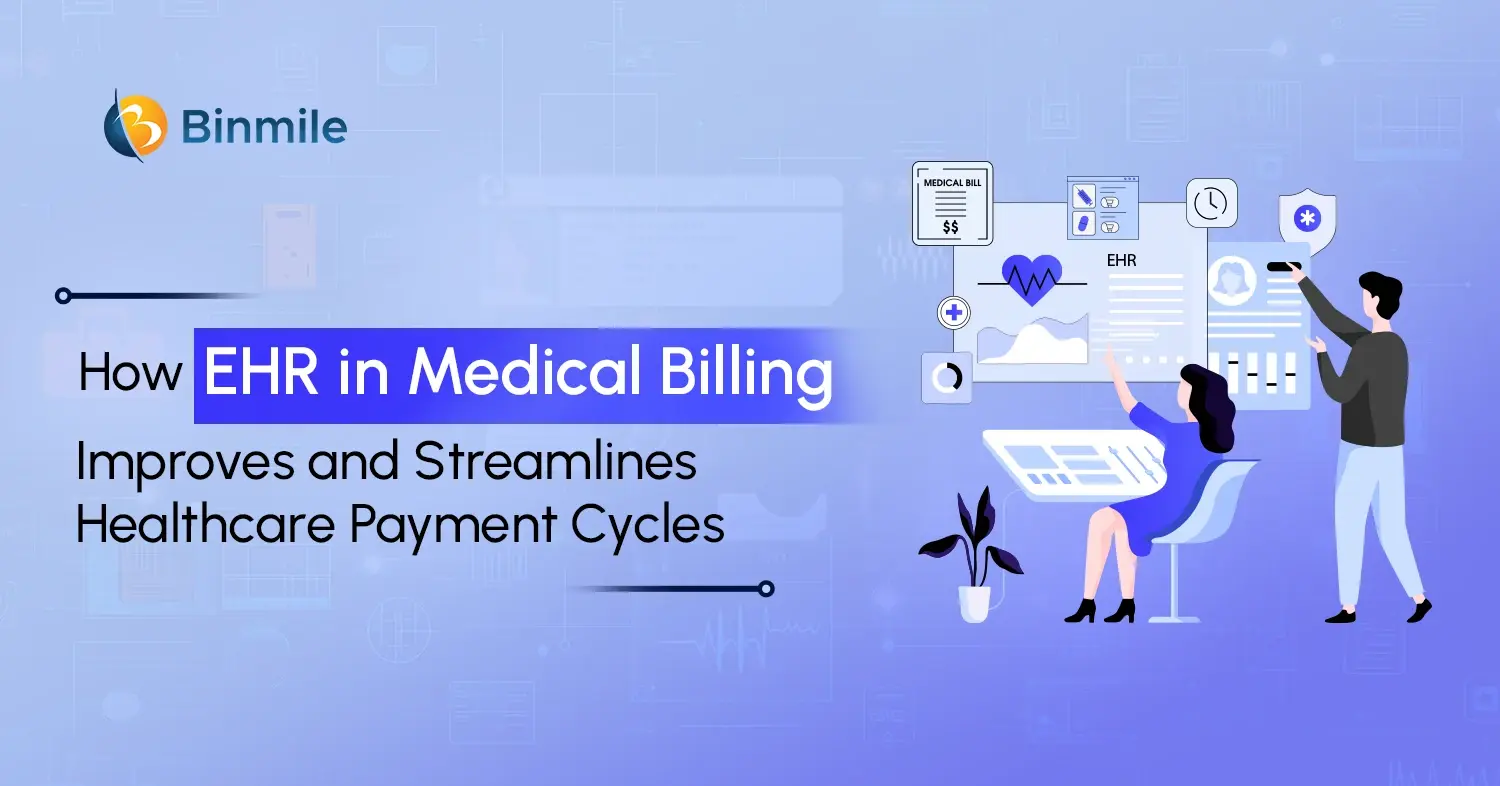To drive an effective and successful business transformation a lot depends on implementing the right technologies and tools. It has become essential for businesses to develop a highly functional app with secured and great UI/UX features and faster time to market. Doing so not only enables them to stay ahead of the competition but also boosts their bottom lines and customer experience. Leveraging technologies such as artificial intelligence (AI), machine learning (ML), hyperautomation, and rapid application development (RAD) have become the key to unlocking possibilities of staying competitive in the application development landscape.
Hyperautomation is a process that automates any business operations using a combination of advanced technologies such as robotic process automation (RPA), AI, and ML. Therefore, using rapid application development platforms that prioritizes development and building a prototype, rather than planning, both software development methodologies or software development framework ensure that the digital product is more quality-focused, cost-effective, caters to end users’ requirements, and with faster release time.
So what are the ways hyperautomation with rapid application development simplifies and supercharges your software development? What are the advantages of having hyperautomation in digital product development? In this blog, we’ll explore these questions, along with the 5 steps on how to leverage these tools from automated code generation to strengthening security and ensure everything in the software development lifecycle goes smoothly from start to finish.
Hyperautomation & Rapid Application Development: Keys to Accelerate Software Development
Hyperautomation and rapid application development are crucial to any application development company or organization looking to elevate its digital journey. Both empower SDLC teams to build low-code applications fast, optimize manual or legacy systems, and amplify software development at scale.
Hyperautomation & Rapid Application Development: 5 Ways They are Transforming Software Development
With the advent of advanced technologies, frameworks, and methodologies, the landscape of software development has been forever changed. The combination of hyperautomation and rapid application development (RAD) is revolutionizing the software development process. Let’s explore how these two dynamic forces are making this possible:
1. Enhance Quality with Automated Testing
Both hyperautomation and rapid application development enable businesses to achieve high-quality software. By performing in-depth AI-powered software testing of units, integrations, and regressions at every stage of the development life cycle, thus ensuring code is reliable, reduces human-prone errors. Doing so, also lets you build an app or software that is not just of high quality but is also resilient against bugs or other performance engineering-related issues.
2. Boost Efficiency with Intelligent Process Automation
One of the primary benefits of implementing hyperautomation into your development workflow is IPA or intelligent automation. It’s an automation process redesign with robotic process automation and machine learning to remove repetitive, replicable, and routine tasks, thus radically speeding up development processes: from code deployment to release management, IPA not only reduces manual interventions, but it does more. It also lowers the risk of errors, saves time, and enhances software quality, thus boosting the efficiency of the overall development process.
3. Create Agile Prototypes with Rapid Application Development
RAD or rapid application development offers iterations without focusing on much planning to create agile prototypes and get feedback from stakeholders. This enables the SDLC team, especially developers to quickly build prototypes and align them with end user’s expectations. In a way, an iterative approach makes the final digital product resolve users’ pain points and equips them with flexibility and agility to respond and adapt to changing stakeholders, software development trends, or technology requirements.
4. Improve Collaboration Through Automation
Enhance communication across development, testing, and operations teams by using hyperautomation. Automated communication channels, along with RAD’s collaborative approach, make sure that your digital product development team and other stakeholders are going in the same direction. This synergy fosters a culture of shared responsibility and accountability, resulting in more cohesive and successful software development projects.
5. Boosting Business ROI
With a special focus on iterative development and prototyping, rapid application development not only accelerates the software development process but does so cost-effectively, thus boosting your business’s profit margins. Additionally, RAD consists of continuous user feedback to identify errors, and issues and resolve them early in the development process rather than later on. This reduces the cost and effort required for extensive debugging later on, and since the product reaches the market quicker, the revenue stream begins sooner, contributing to better financial performance.
Know the Differences: RPA vs Intelligent Automation vs Hyperautomation
Looking for a one of the top AI development companies to help you leverage the power of hyperautomation and RAD? Hire our experts!
Hyperautomation & Rapid Application Development: Revolutionizing Efficiency in Software Development

By synergizing productivity, efficiency, and innovation, both hyperautomation and rapid application development have played a crucial role in accelerating software development services. On one hand, Hyperautomation streamlines the development life cycle via automating repetitive tasks such as coding or testing. Thus ensuring that the product is accurate, reliable, and comes with a faster time to market. While, on the other hand, RAD brings an agile and iterative approach, empowering SDLC towards swift prototyping and continuous feedback loops.
Therefore, together these two methodologies foster a dynamic environment where SDLC teams can collaborate seamlessly, and adapt quickly to changing requirements, without compromising on software quality or deliverability. It also offers more benefits, such as:
- By automating manual or repetitive tasks, they improve productivity
- With agile development, the entire SDLC team from developers, and designers to testers can work on a single code repository, and during an error, the concerned individual is notified automatically
- They offer a faster development process with a special focus on the quality and reliability of software
- Better ROI with faster-time-to market with reduced risks of errors or iterations
Read More: Artificial Intelligence Vs Intelligent Automation
What to Automate in Software Development?
Contrary to popular belief, not every task that needs less human creativity or intervention should be chosen for automation, especially in a custom application development process. However, certain steps can be simplified and accelerated with the help of hyperautomation and rapid application development. These are:
- Development: Both disciplines make sure the software development is accurate and reliable. By using algorithms, it identifies errors in the code that could lead to bugs and other problems. Further, it can also predict the project scope of the software. Thus, by taking over mundane yet time-intensive tasks, you not only speed up but also reduce the risk of errors.
- Software Testing: Utilize testing frameworks/ test automation tools to create and run test scripting and automate the process. With software testing, the automation testing process is simplified and quicker, with fewer human errors. In addition to this, the RAD approach demands little focus on the planning phase while enabling the team to design, review, and iterate features and functionalities quickly.
- Deployment: Hyperautomation and rapid application development disciplines make it easier for SDLC teams to reduce the time in software deployment. Whether it’s AI or ML technologies, setting up the environment and configuring the software are some of the tasks that both can manage efficiently. Thus, enabling your business to frequently release software or digital products.
Read More: Reduce Software Code Complexity
Wrapping Thoughts
There’s no doubt that the fusion of hyperautomation and rapid application development has been a transformative power to reshape the way software development works. Further, it has enabled businesses to amplify their software development services to new heights with supreme reliability, security, and cost-efficiency.
Hopefully, this blog has given you a detailed understanding of how embracing these two strategies not only helps you keep pace with industry advancements but also empowers you to lead the way in delivering high-quality, secure, and innovative digital solutions. Additionally, you can consult a digital transformation company as its premier assistance can empower you to build powerful digital solutions with modern methodologies.









